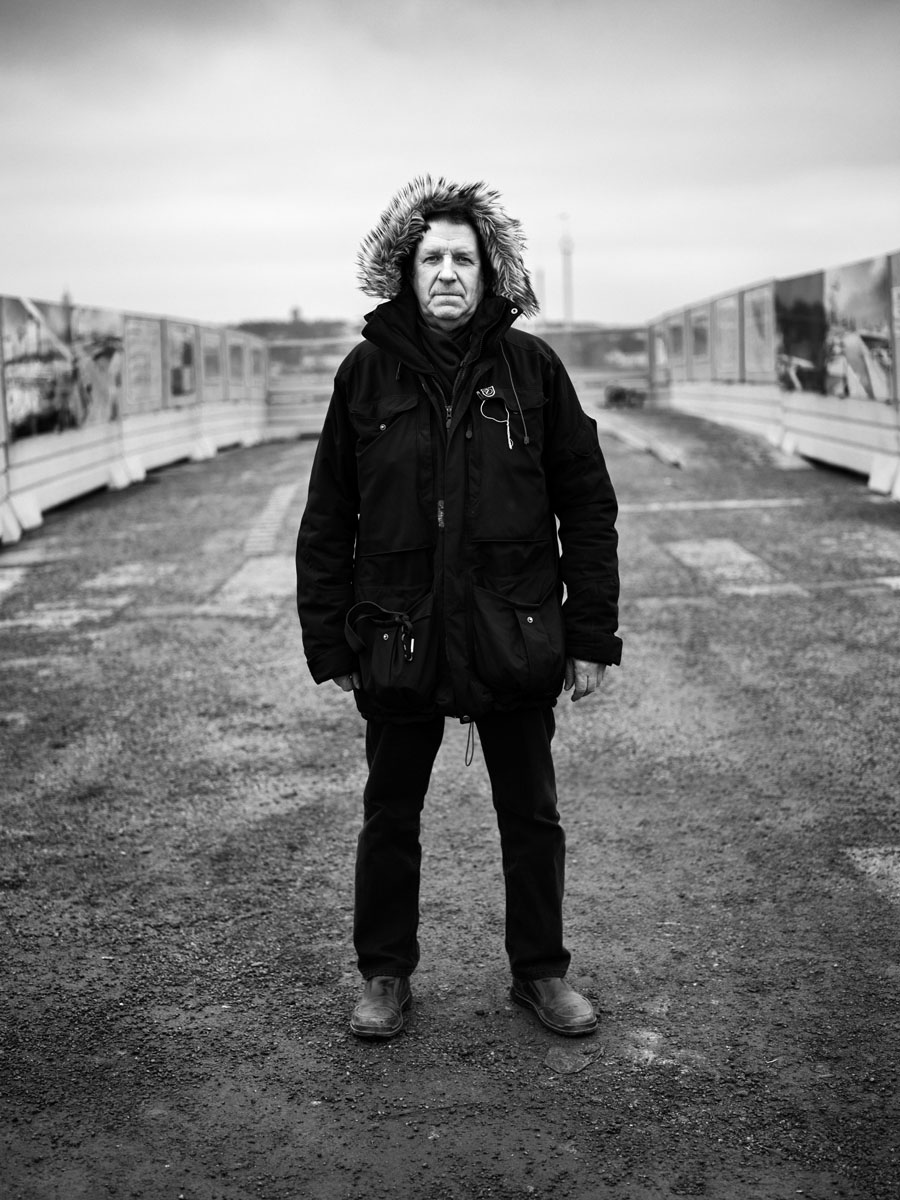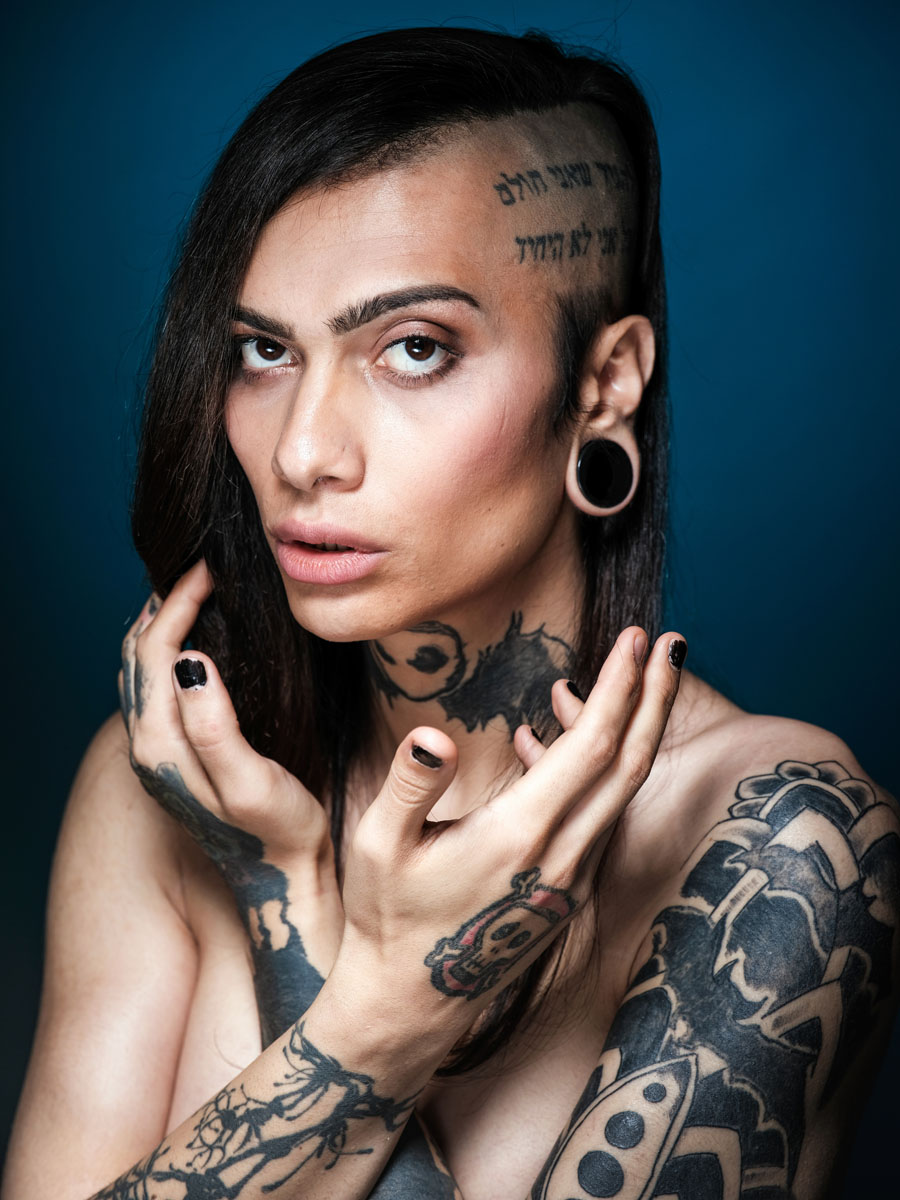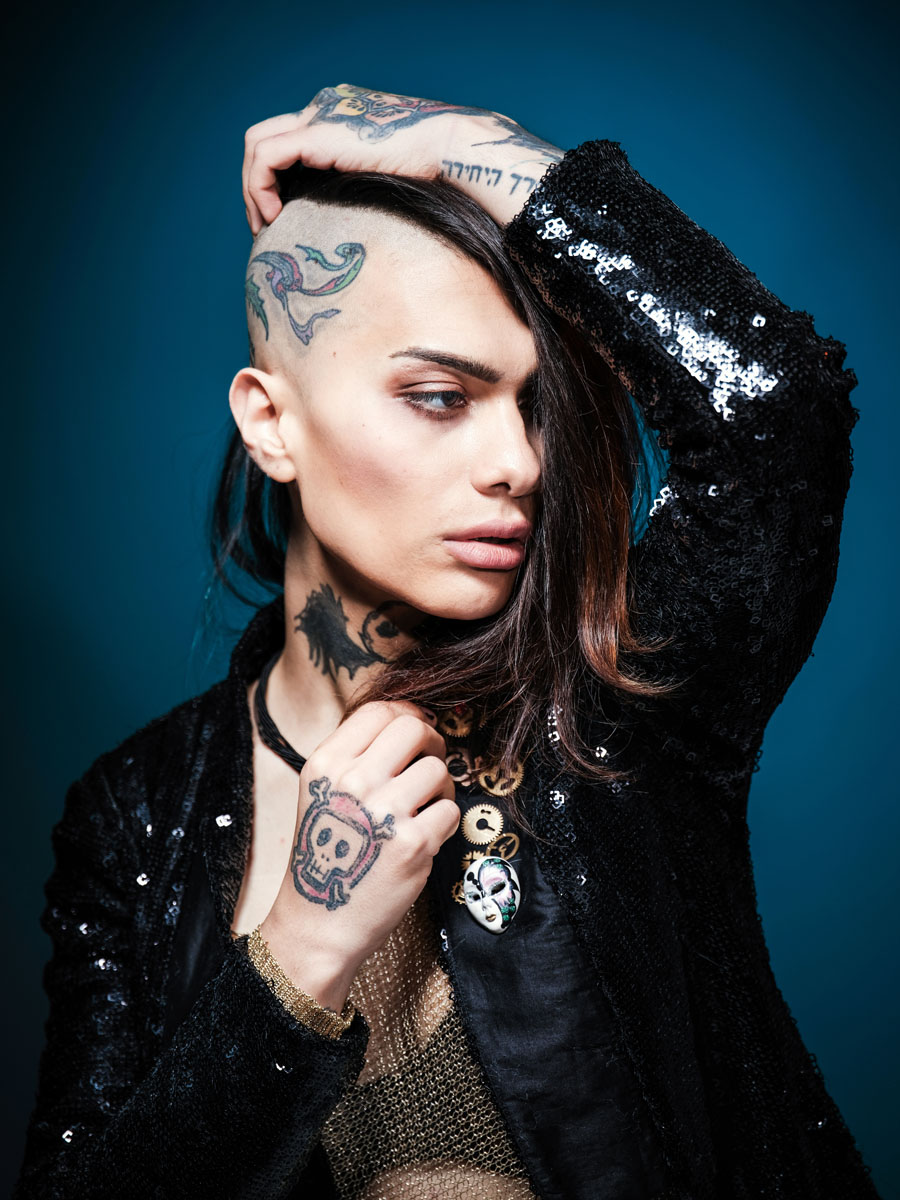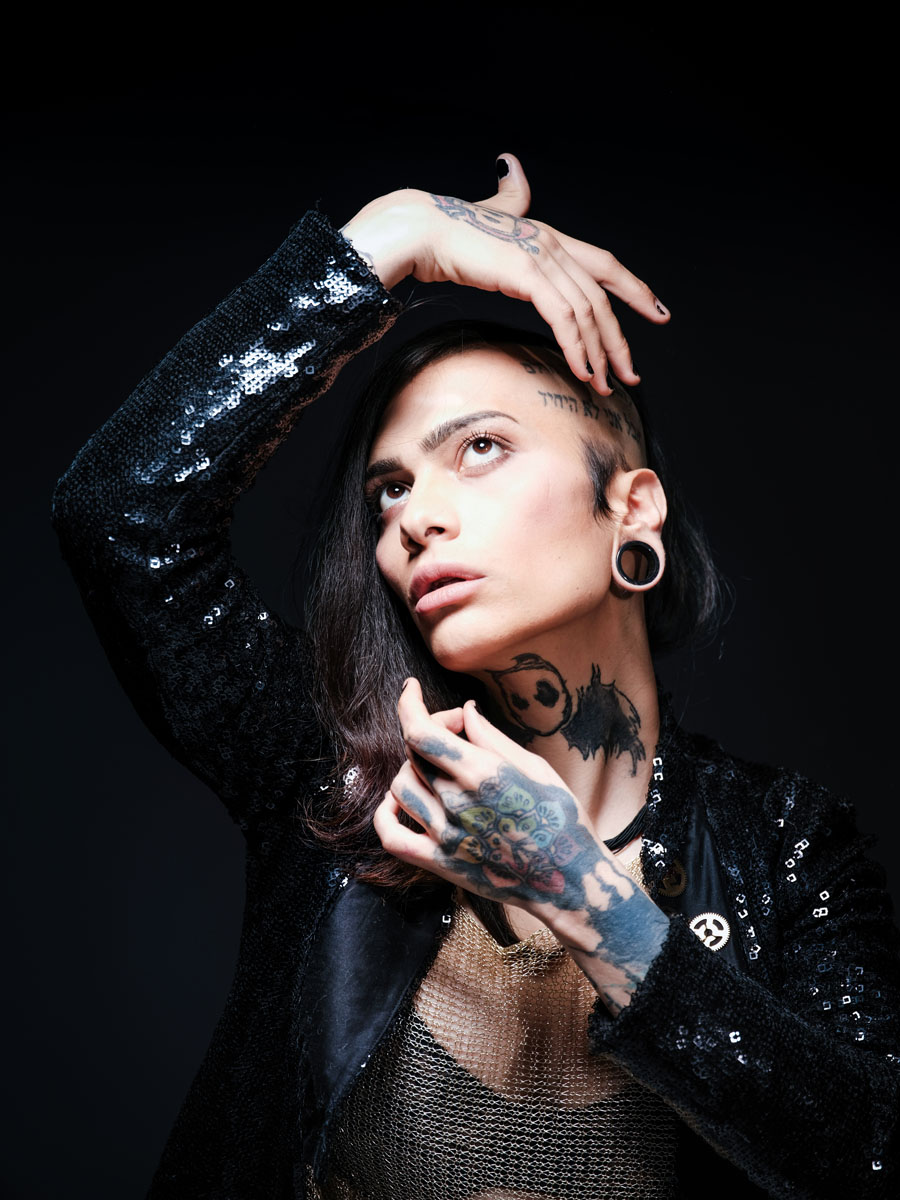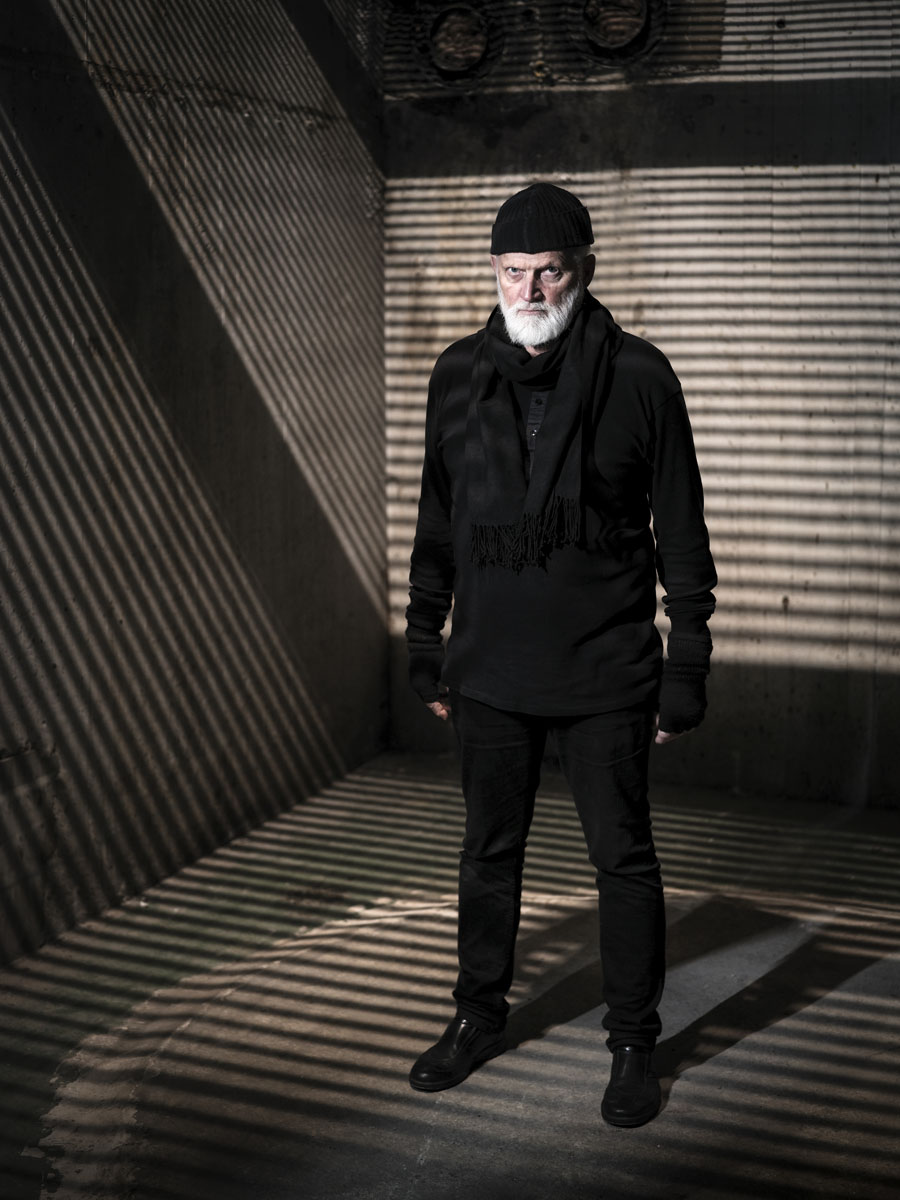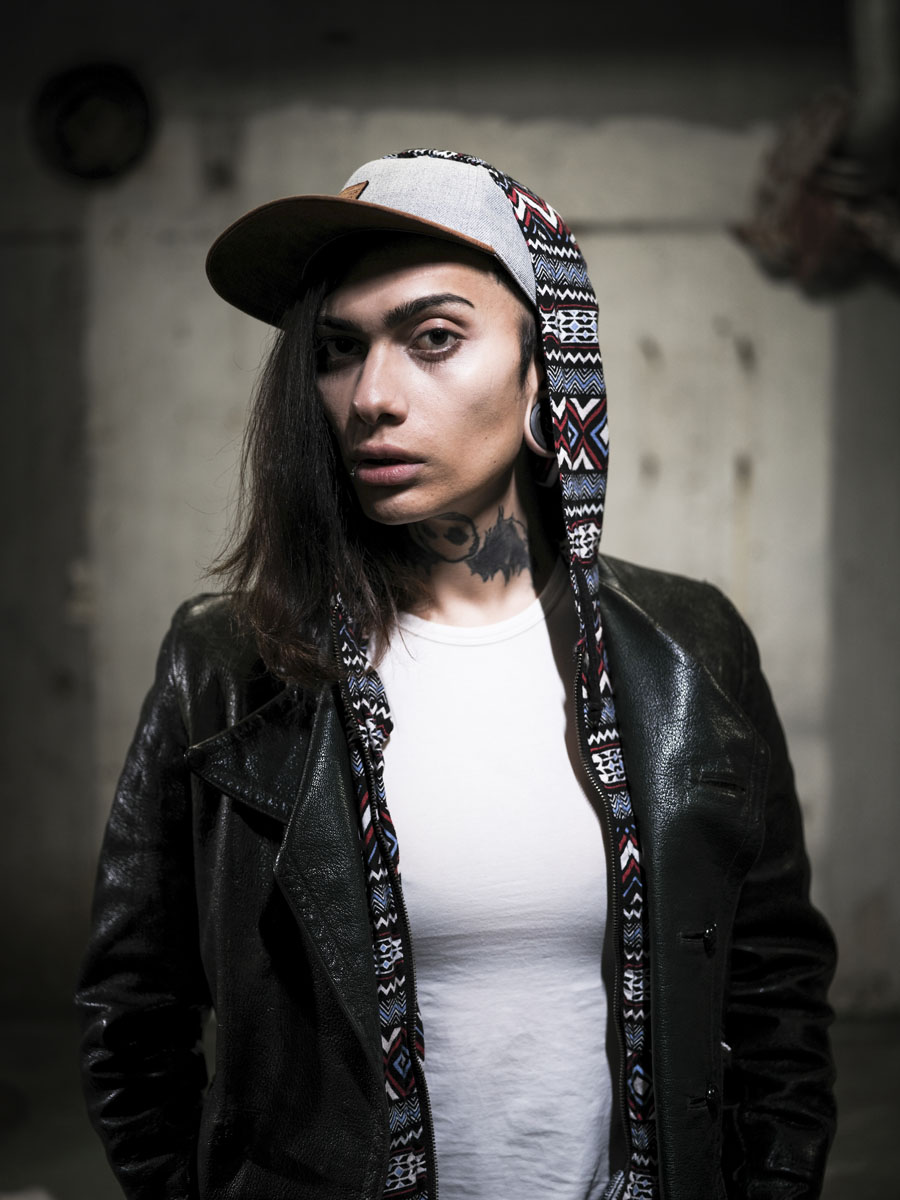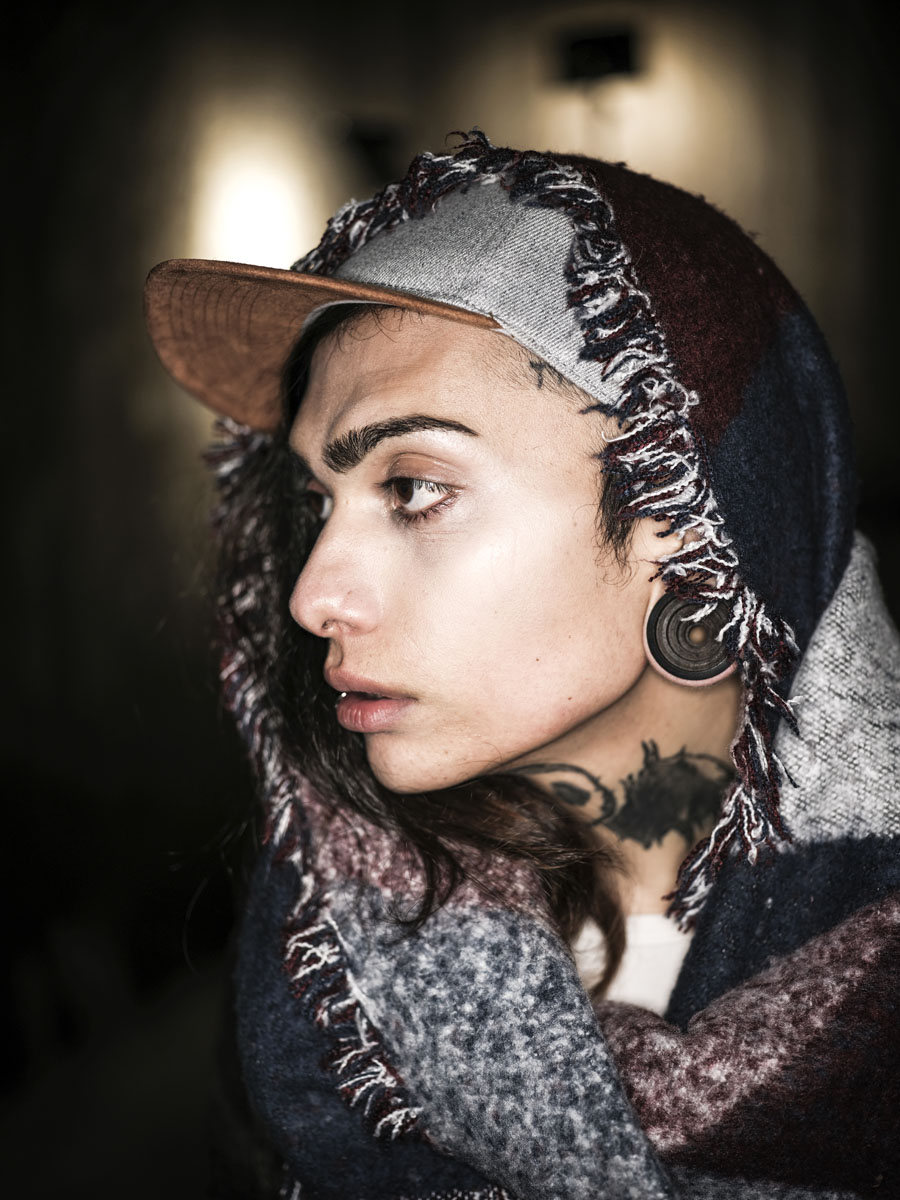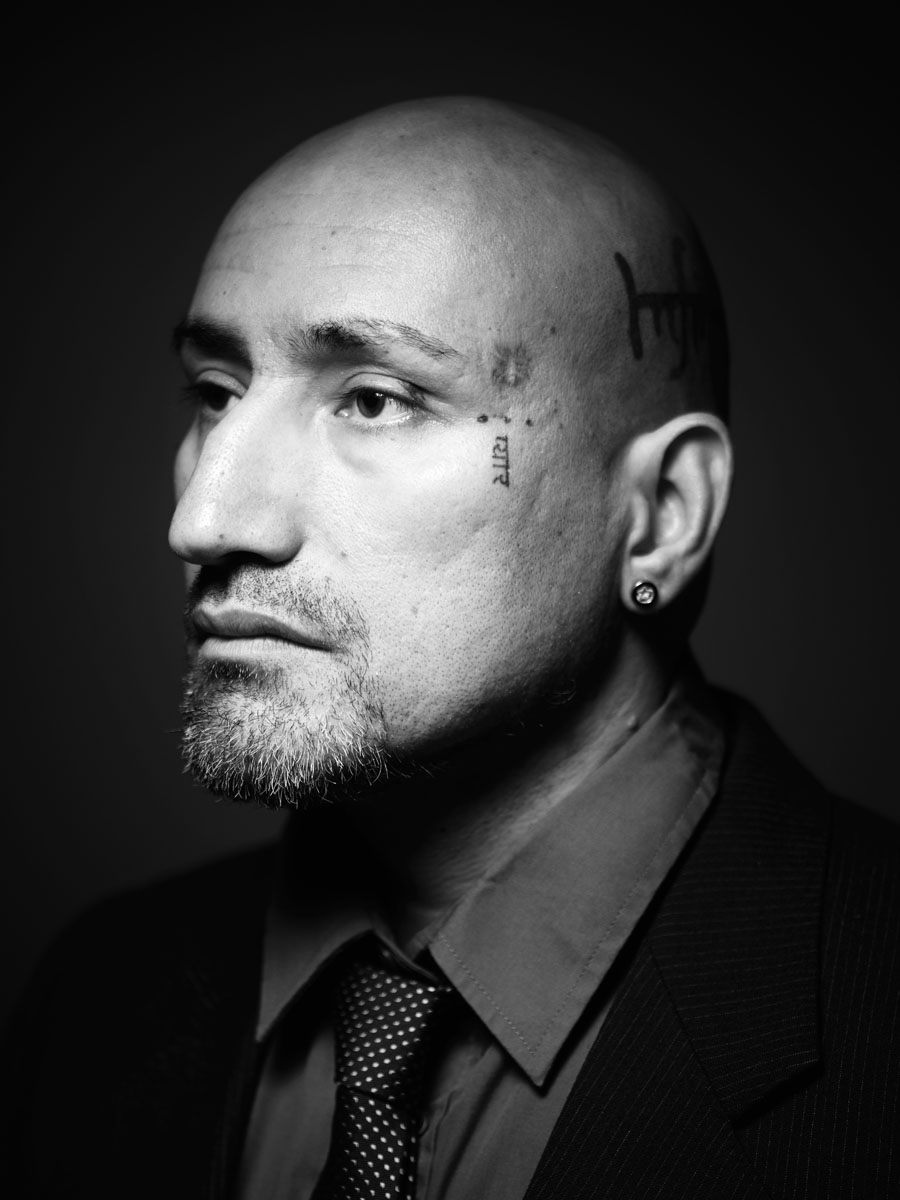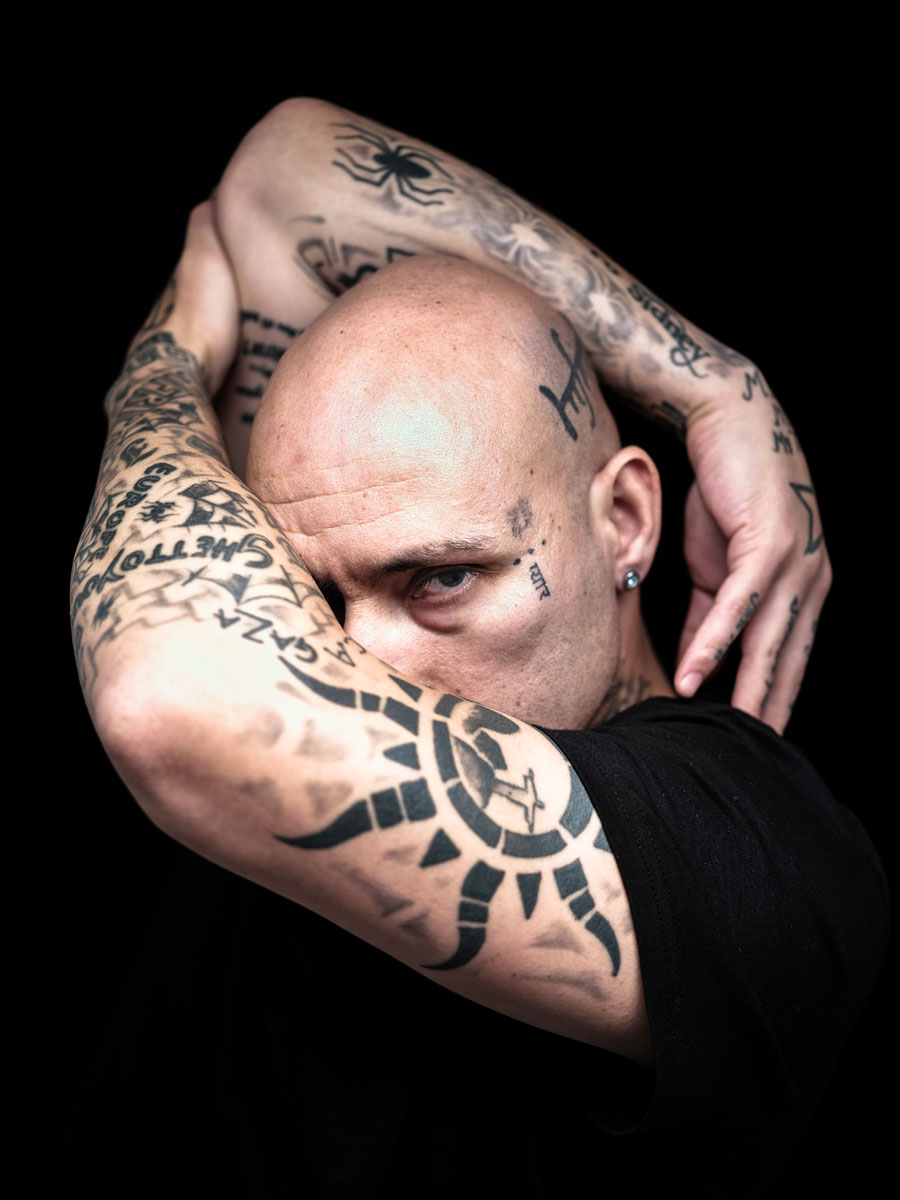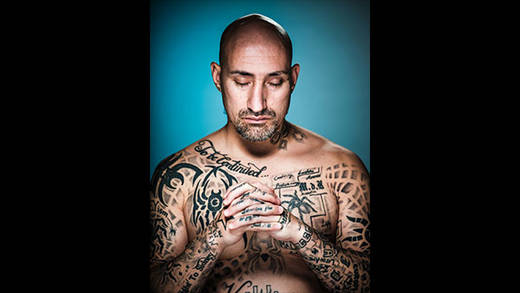
GFX Impression by Knut Koivisto
Knut Koivisto
Knut Koivisto là một trong những nhiếp ảnh gia chân dung đáng kính nhất của Thụy Điển, người di chuyển dễ dàng giữa thế giới giải trí và kinh doanh. Phong cách của anh ấy là tạo ra một hình ảnh đơn giản, với sự tập trung vững chắc vào con người. Anh có một thế giới quan nhân văn và luôn trân trọng cá nhân. Anh kết hợp các nhân vật từ điện ảnh và chân dung của các diễn viên lớn nhất với công việc kinh doanh tốt nhất Thụy Điển. Anh cũng giảng dạy và diễn thuyết. Anh ấy làm các dự án cá nhân của riêng mình và là một trong những ánh sáng hàng đầu của phương tiện truyền thông xã hội mới. “Tôi nghĩ rằng điều quan trọng nhất, bất kể tiêu đề hoặc vị trí của người được chụp ảnh, là đi thẳng vào trái tim của người đó, mà không lo lắng về hiệu ứng hoặc mánh lới quảng cáo. Phải mất một thời gian để tìm hiểu điều đó. Bỏ qua suy nghĩ rằng đây là một CEO hoặc một ngôi sao điện ảnh lớn như Mikael Persbrandt hoặc một y tá. Tất cả họ đều xứng đáng được tôn trọng như nhau và nên được đối xử như con người. Đó là cách bạn tạo ra phép thuật cùng nhau. Bởi vì nếu bạn làm việc với mọi người, đó luôn là về tinh thần đồng đội.”
I still remember that day at Photokina, when I held the new FUJIFILM GFX 50S in my hand. My first thought was ”I don’t want to give it back! I want to take it with me home to Sweden.” Then: ”how light it is. Not as heavy as I expected,” and after that, ”how well balanced this camera is.”
This is clearly a camera designed for the working photographer, one who shoots for hours and and wants the best tool.
When I started as a photographer in the analog days, I shot a lot on medium format cameras. I loved – and still love – the feeling they gave me, that 3D touch and smooth rendering of tones you got from the negatives and the lenses. I missed that in the digital era. So I was understandably excited when the buzz started around Fujifilm’s medium format development!
When Fujifilm asked me to be a part of the GFX Challenge I knew this was the chance for me to put both the camera and myself to the test. They told me I was getting a prototype for a couple of days, and that not all its functions would be installed – hence the title ”Challenge” – and of course I said yes. No way was I going to let the chance to shoot with the hottest camera in the world, pass me by!
It seemed like a long time, but that day in October finally came: I got the GFX .
The camera was ”rough” in some ways, since not all functions were working. And still it was a dream to photograph with. Its size and menus are so similar to the X-T2, that it felt like a big brother.
I have now shot with the GFX for four different periods, each time with a version closer to the final production sample. It just gets better and better, faster and faster. I had no manual for the camera but I didn’t miss it, as everything so intuitive, so closely mirroring the X Series. There is no problem using the GFX in parallel with an X-T2 or X-Pro2.
I have used this camera everywhere: in my studio and on location, I have shot urban landscapes, at one of the finest hotels on the Riviera, street portraits, and it just keeps delivering. I have so many thoughts and ideas about what I am going to do with this camera, when I finally get one of my own!
But let’s not forget the most important aspect of a camera, for a photographer: The image quality. Did the images deliver that medium format feeling?
Thus far I’ve only worked with JPEG files, as I have not had access to a working RAW converter. When I loaded up the first images on my computer, I recognized that feeling from my medium format days. I was in love again. I had no problem editing the JPEGs, but I’m really looking forward to a working RAW converter to see how much more I can tweak the RAW files. The image quality and that special medium format feel – the 3D touch and smooth rendering – is definitely there.
Besides total usability, speed, and features like weather sealing, there is one function I’m really glad Fujifilm put into the GFX. It might seem unnecessary to have Wi-Fi on a medium format camera, but it’s something I’ve come to love. Right after a shoot, I can wirelessly transfer a couple of images to my smartphone, and edit them to post on social media. In camera Wi-Fi makes it super easy to do this, and also gives the people I photograph the ability to share the event for maximum reach, which is more important than ever for a working photographer today. Additionally, I also find this a nice way to make fast concept sketches while I still have a shoot fresh in my mind. This helps me afterwards, when I’m ready to do the real editing on my computer.
The Fujifilm GFX50S is the first camera in a new system. I can only imagine how it will evolve, but I’m sure it will take photographers to places we only dream about right now. Fujifilm has already done that with the X-series. With the GFX, the game just changed. Don’t you just love it?















































